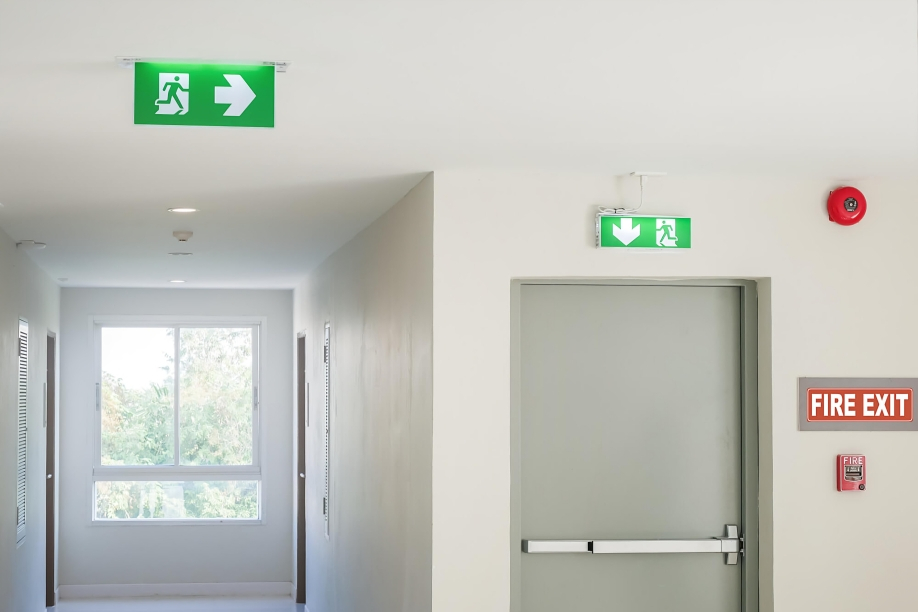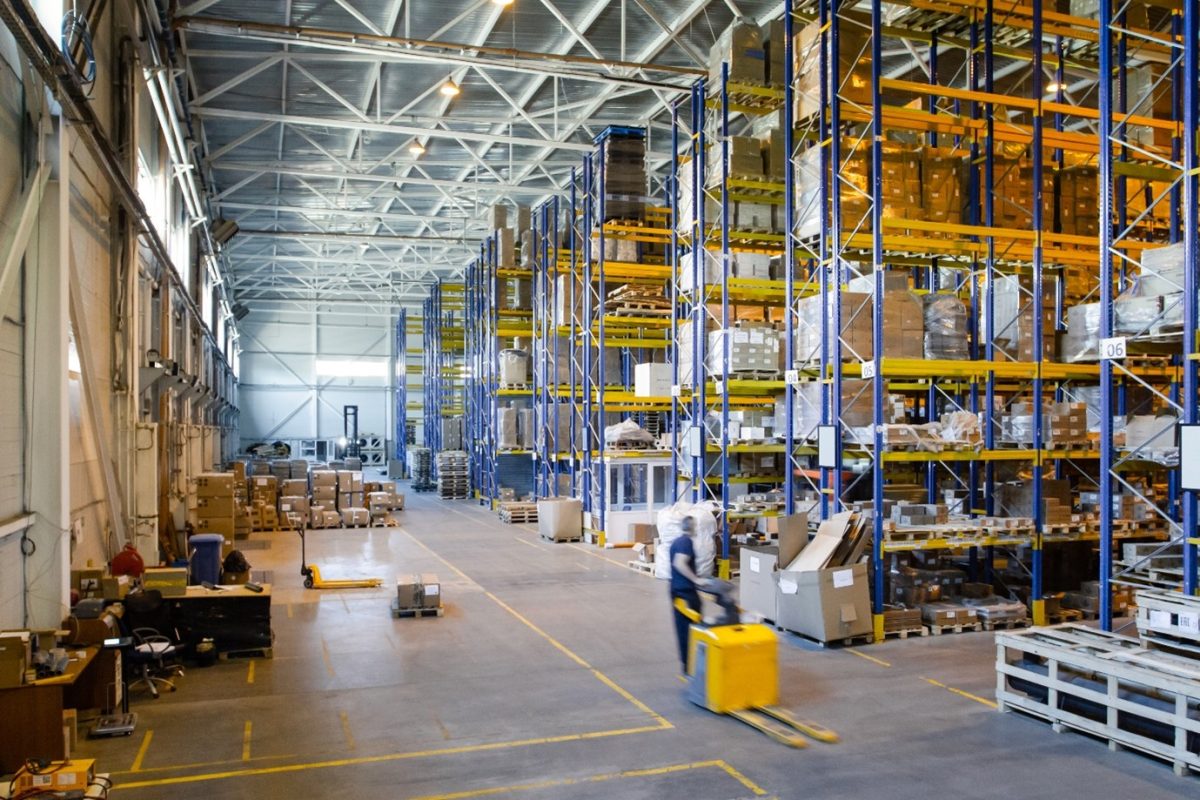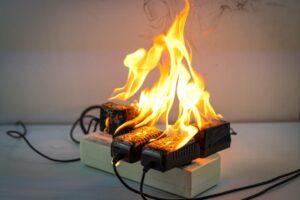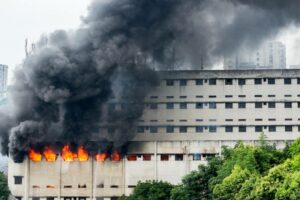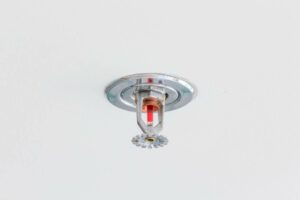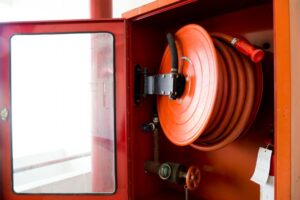Fire fighting system is a broad umbrella term comprising various fire alerting, controlling, and extinguishing equipment and systems. To safeguard people and property, fire fighting systems remove one or more of the three elements necessary for combustion: fuel, heat, and oxygen.
Hence, a properly designed, installed, operated, and maintained fire fighting system is pertinent for all buildings. It provides a quick response to fire, enabling occupants to evacuate the building safely while immediately alerting fire and rescue services.
It also ensures that building owners and management comply with BOMBA requirements and have a designated fire fighting system in order to obtain a fire certificate application. This is necessary as BOMBA may conduct inspections or spot-checks to ensure compliance.
Here, we’ll explore the basic components of a fire fighting system. But first, let’s discuss the Malaysian standards for fire fighting systems, particularly fire alarm and fire extinguishment systems for industrial facilities.
Table of Requirements for the Fire Alarm System and Fire Extinguishment System
The table below discloses the requirement for industrial buildings [By-law 225 (1), 226, 227, 228, 237, 238, 239] stipulated under the Uniform Building By-Laws (UBBL) 1984 (Amendment 2021) Tenth Schedule to be followed accordingly.
| Type of Building | Fire Protection System |
| 1. Small residential | · Smoke detector |
| 1. Building used for instructional purposes 2. Canteen or detached kitchen 3. Laboratory or workshop 4. Library 5. Multi-purpose hall 6. Central air-conditioning 7. Hospital or nursing home | · Hose reel system · Fire alarm system · Fire detection system · Fire sprinkler system · Public address system (PA system) · Fire intercom system or fire command centre · Fire monitoring system · Signal indicator alarm system |
| 1. Hotel 2. Hostel or dormitory 3. Apartment or flat 4. Service apartment | · Hose reel system · Fire sprinkler system · Fire detection system · Fire alarm system · Public address system (PA system) · Fire intercom system or fire command centre · Fire monitoring system · Smoke detector |
| 1. Office building | · Hose reel system · Fire sprinkler system · Fire detection system · Fire alarm system · Public address system (PA system) · Fire intercom system or fire command centre · Fire monitoring system |
| 1. Shop, hawker centre, food court, wet market, or dry market | · Hose reel system · Fire sprinkler system · Fire detection system · Fire alarm system · Public address system (PA system) · Fire intercom system or fire command centre · Fire monitoring system |
| 1. Factory 2. Steel mill 3. Palm oil refinery | · Hose reel system · Fire sprinkler system · Water spray system · Foam system · Gaseous system · Pressurised hydrant system · Fire detection system · Fire alarm system · Indicator alarm system · Public address system (PA system) · Fire intercom system or fire command centre · Fire monitoring system |
| 1. Convention centre, community centre, private club, exhibition centre, museum, or art gallery 2. Theatre, cinema, concert hall or auditorium 3. Amusement Park or theme park 4. Bus terminal, ferry terminal, train station or airport | · Hose reel system · Fire sprinkler system · Fire detection system · Fire alarm system · Public address system (PA system) · Fire intercom system or fire command centre · Fire monitoring system |
| 1. Car park 2. Warehouse | · Hose reel system · Fire sprinkler system · Pressurised hydrant system · Fire detection system · Fire alarm system · Fire intercom · Fire monitoring system |
Read More: What is CCC and How Does It Ensure Your Building’s Safety
Basic Components of a Fire Fighting System for Industrial Buildings
Fire Alarm System
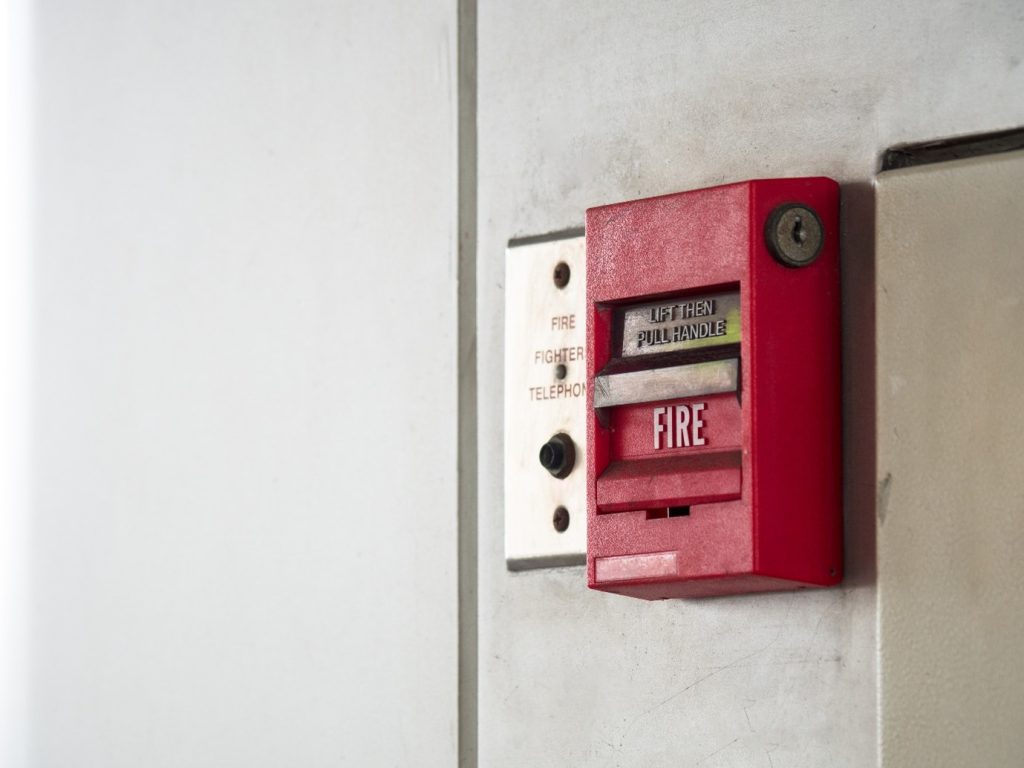
Firstly, it’s compulsory for every building to equip itself with a fire detection feature in the form of a fire alarm system according to the Tenth Schedule. Modern types of fire alarm systems integrate sophisticated technology to provide seamless fire detection and monitoring.
A fire alarm system works together with other devices or equipment to provide optimum fire safety protection. Similarly, in an automatic fire alarm system, the fire detector detects and determines the source of the fire. Then, a signal will be sent to the centralised alarm system, activating the alarm and subsequently alerting occupants and fire and rescue services.
Moreover, fire alarm systems should be serviced every quarter, depending on how the building is used. Building management can consult a reputable fire contractor to determine the best maintenance schedule, whether it be monthly, quarterly, or yearly.
Fire Hydrant System
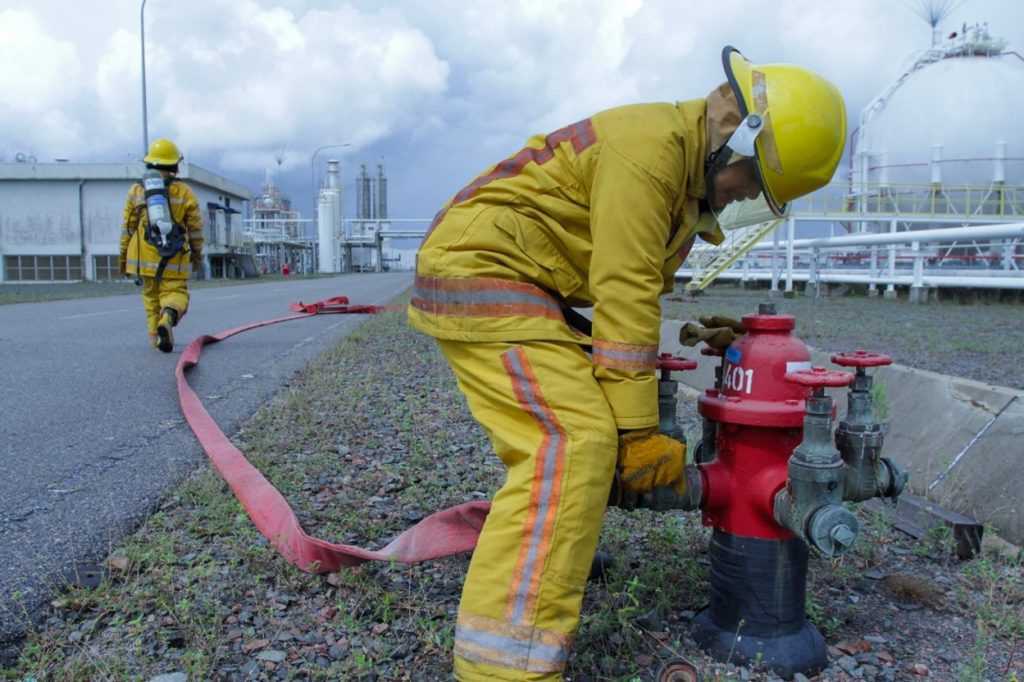
A fire hydrant system is a system of fire hydrants, underground pipes, and valves that supply water to firefighters in the event of a fire.
The system is designed to provide a constant water supply to the hydrants, strategically placed throughout a community or building, so firefighters can quickly access water to extinguish fires.
As stated in the UBBL by-law 225:
(2) Every building shall be served by at least one fire hydrant located not more than 30 metres from an entry to any building or breeching inlet and be designed and installed in accordance with MS 1489 and in any case, the fire hydrant shall be located not more than 90 metres apart.
Generally, service and maintenance of a fire hydrant system involve:
- Conducting a visual inspection of the system to check for any obvious signs of damage or wear and tear.
- Flushing the hydrants to remove debris or sediments accumulated in the pipes.
- Testing the water pressure and flow rate to ensure that the system can deliver adequate water in the event of a fire.
Hose Reel System
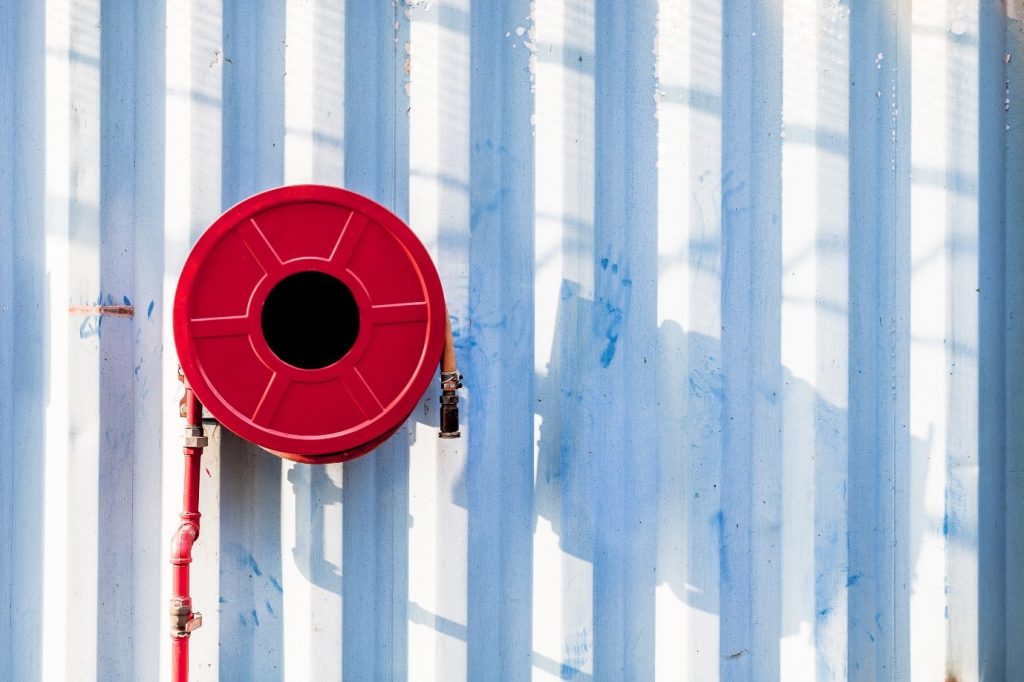
Furthermore, a reliable hose reel system in accordance with the Tenth Schedule and MS 1489 is a much-needed fire fighting component as it delivers a steady and continuous water supply to effectively douse the fire. An internal fire fighting system, the hose reel serves as an immediate response to combat and contain the spread of fire.
Both manual and automatic hose reel systems are ideal for industrial facilities and offer superior fire extinguishing power. Typically, the hose reel is connected to a water tank and pump and is located within common areas of the building to remain accessible at all times.
Furthermore, regular hose reel system maintenance and repairs are necessary to ensure the system operates correctly in an emergency. A professional should inspect the hose, nozzle, reel assembly, and valves every six months and test the water pressure to ensure the system can deliver adequate water in a fire.
Portable Fire Extinguishers
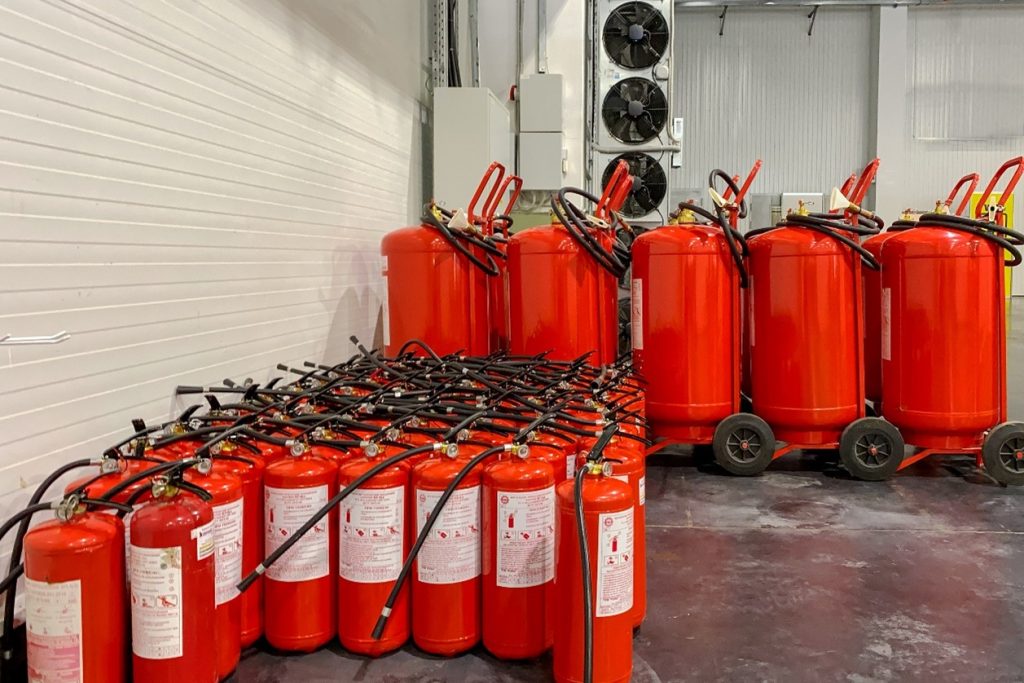
Of course, no fire fighting system is complete without fire extinguishers. They ensure safe evacuations and minimise injuries or damages by releasing an extinguishing agent to put out the fire. Ultimately, they prevent catastrophic repercussions, save lives, and safeguard your business assets.
Having said that, it’s important to equip your industrial building with the right fire extinguishers since different classes of fires require different types of fire extinguishers. For example, those in the electronics industry need to choose extinguishers suitable for combatting Class E fires, such as:
- Deionised Water Mist Extinguisher
- Dry Powder Extinguisher
- CO₂ Extinguisher
Fire Sprinkler System
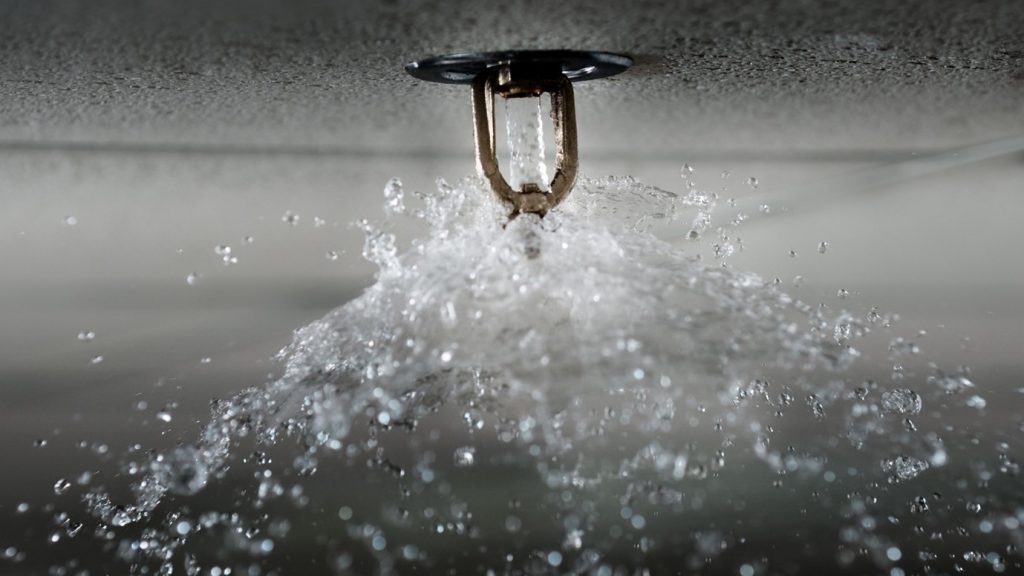
Additionally, a fire sprinkler system utilises a network of pipes and sprinkler heads to extinguish fires. It automatically releases water when a fire is detected, extinguishing the flames before they can cause significant damage.
For that reason, installing a fire sprinkler system for an industrial building requires careful consideration of the building’s layout, occupancy type, and fire hazards.
The installation process typically involves several steps to ensure that the system is correctly designed and installed to meet the specific needs of the industrial facility, such as:
- Conducting a hazard analysis to identify potential fire risks in the building.
- Developing a detailed design plan that outlines the system’s layout, water supply requirements, and sprinkler head placement.
- Installing pipes, mounting sprinkler heads, and connecting the system to the building’s water supply.
- Running water supply and pressure tests to verify that they activate correctly in a fire.
Maintaining and servicing a fire sprinkler system is also essential. Its pipes, fittings, and sprinkler heads should be regularly inspected for corrosion, blockages, leaks, and other issues. Additionally, repairs or replacements should be carried out promptly, and inspections, tests, and maintenance activities should be recorded.
Fireman Intercom System & Fire Command Centre
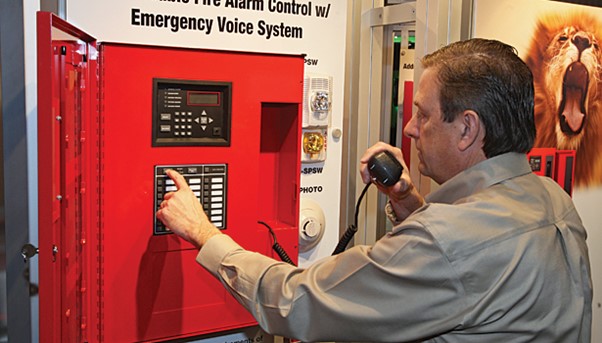
Lastly, in a fire or other emergency, a fireman intercom system and fire command centre work together to provide a more effective and efficient response to the situation.
A fireman intercom system typically consists of a network of speakers, microphones, and control panels installed throughout a building, allowing firefighters to communicate with each other and the command centre.
The fire command centre, on the other hand, is where the fire fighting operations are directed and coordinated.
It is operated by individuals responsible for monitoring the situation, issuing commands to firefighters, and making decisions about the course of action during an emergency.
As stated in the UBBL by-law 239, there shall be two separate approved continuously electrically supervised voice communication systems, including a fireman intercom system and a public address system in the following areas:
(a) The fireman intercom shall be provided in every fire fighting access lobby or
(b) adjacent to a fire fighting staircase and shall also be provided in a refuge area, lift motor room, fire pump room, generator room and fire command centre in accordance with the Tenth Schedule.
The intercom system should be tested to ensure all speakers, microphones, and control panels are in optimal working condition. Any damaged or faulty components should be repaired or replaced promptly.
The building management or building owner should determine how often maintenance work is required to meet the fire safety regulations in their area.
Read More: Fire Certificate Malaysia: Application and Renewal Guide
Exceptional Fire Fighting System for Your Industrial Facilities
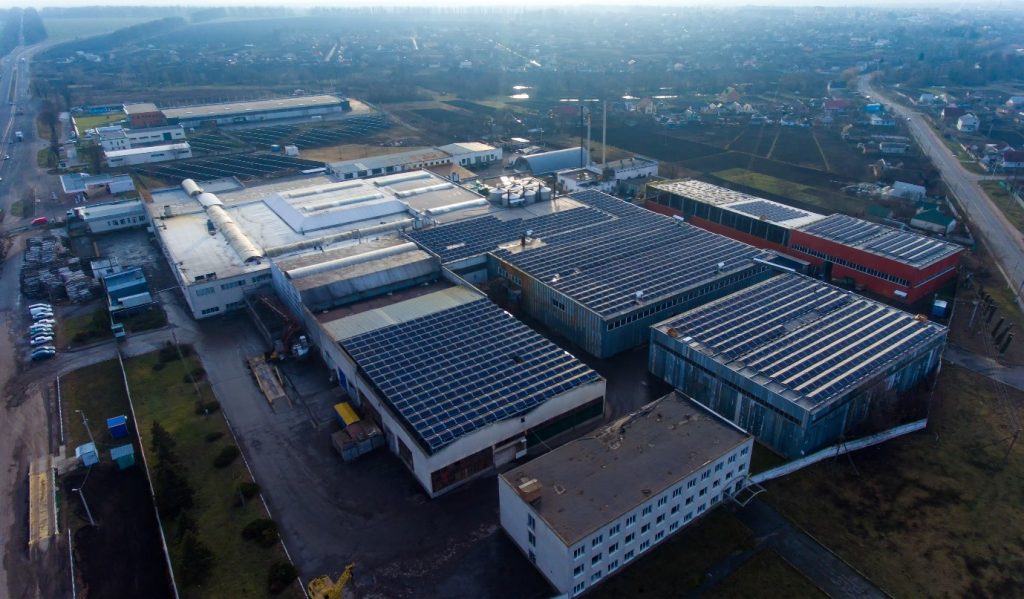
At Palcon, we offer the best-of-class fire protection system to cater to the fire and safety requirements of various buildings. As Malaysia’s prominent fire contractor, we deliver bespoke fire safety services, including fire safety audits, fire certificate application, as well as service and maintenance through exemplary expertise and service excellence.
All in all, if you would like to receive a quotation for our services or need assistance with conducting maintenance, please fill out the form below. You can also let us know if you have any questions or specific requirements for a tender.
Our team will respond with more information on how we can assist you as soon as possible. We look forward to working with you!

